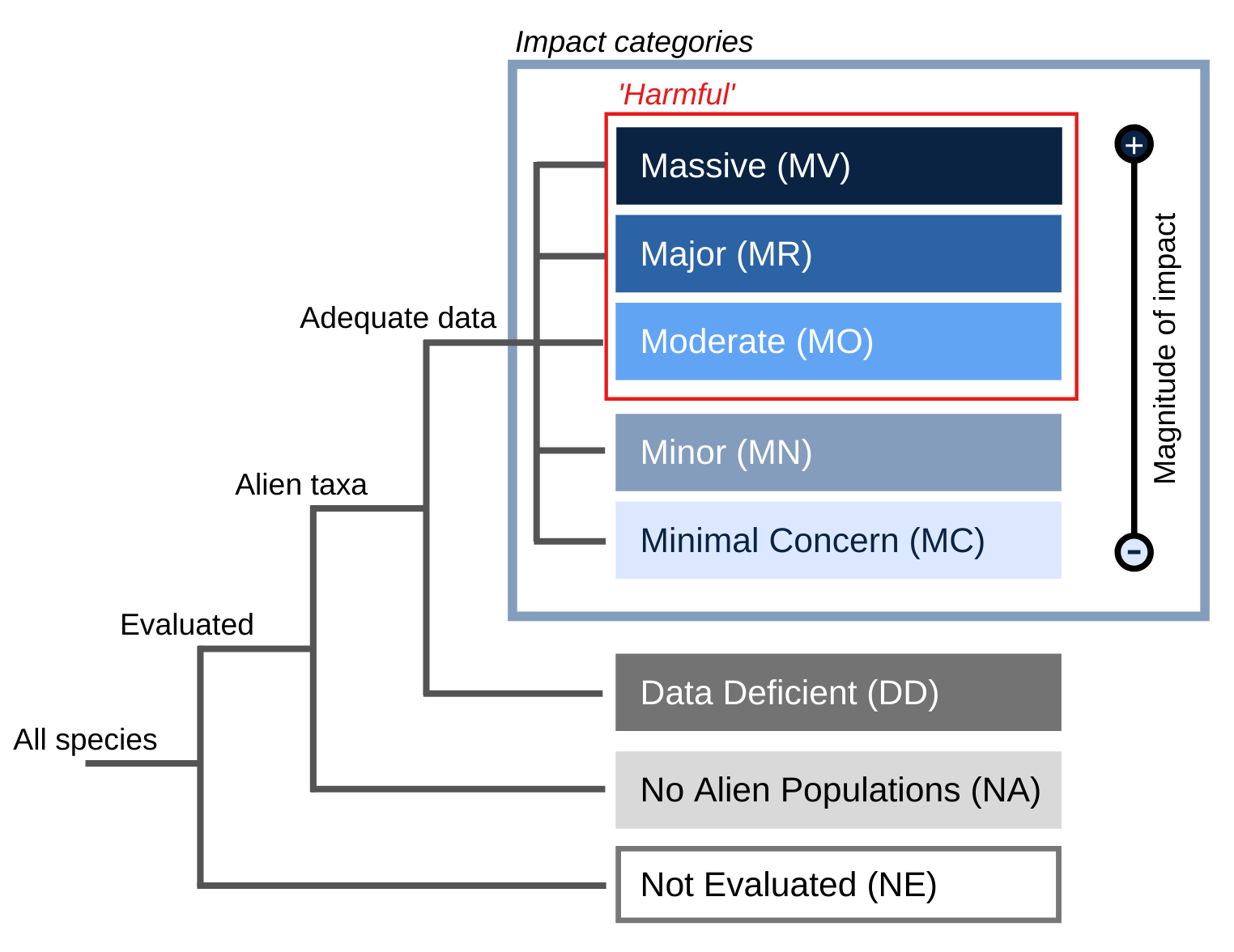- General
- Distribution
- Impact
- Management
- Bibliography
- Contact


Fucus spicifer , M. Vahl 1802
Fucus acanthophorus , J.V. Lamouroux 1805
Acanthophora thierryi , J.V. Lamouroux 1813
Chondria acanthophorara , C. Agardh 1822
Acanthophora orientalis , J. Agardh 1863
Acanthophora wightii , J. Agardh 1863
Acanthophora antillarum , Montagne ex K�tzing 1865
Acanthophora thierryi , f. gracilis P.L. Crouan & H.M. Crouan 1878
Acanthophora orientalis , var. wightii (J. Agardh) Sonder 1879
Acanthophora spicifera , f. wightii (J. Agardh) Weber-van Bosse 1923
Acanthophora spicifera , f. orientalis (J.Agardh) Weber-van Bosse 1923
Acanthophora spicifera , var. orientalis (J. Agardh) Zaneveld 1956
\r\nAsexual: Fragmentation accounts for much of the distribution and standing crop of A. spicifera. On reef flats, as much as 26% of the standing crop can be lost to drift fragments each month (Hill, 2001) especially if the fragments either (a) do not release viable spores or (b) are unable to reattache to the substratum by production of secondary rhizoids (Mads Thomsen., pers.comm., June 2008).
A. spicifera appears to be able to release sexual propagules at all times of the year in Hawaii, and therefore may have greater potential for dispersal than macroalgae that reproduce only by fragmentation (Smith et al. 2002).
Principal source:
Compiler: IUCN/SSC Invasive Species Specialist Group (ISSG) with support from La Fondation d'entreprise Total
Review: Mads Solgaard Thomsen, Post doc, Benthic Section, Marine Department, National Environmental Research Institute University of Aarhus, Roskilde, Denmark.
Publication date: 2007-01-09
Recommended citation: Global Invasive Species Database (2025) Species profile: Acanthophora spicifera. Downloaded from http://www.iucngisd.org/gisd/species.php?sc=1060 on 14-11-2025.
Blooms of native A. spicifera covered by cyanobacterial epiphytes have been observed on several reefs in the Eastern Tropical Pacific, since widespread coral mortality opened substrate for colonisation during the 1997-98 El Nino Southern Oscillation. The bloom coincided with La Nina conditions, with thermocline shoaling and mixing upwards of nutrient-rich bottom water, but it persisted for several years after this (Fong et al. 2006).








